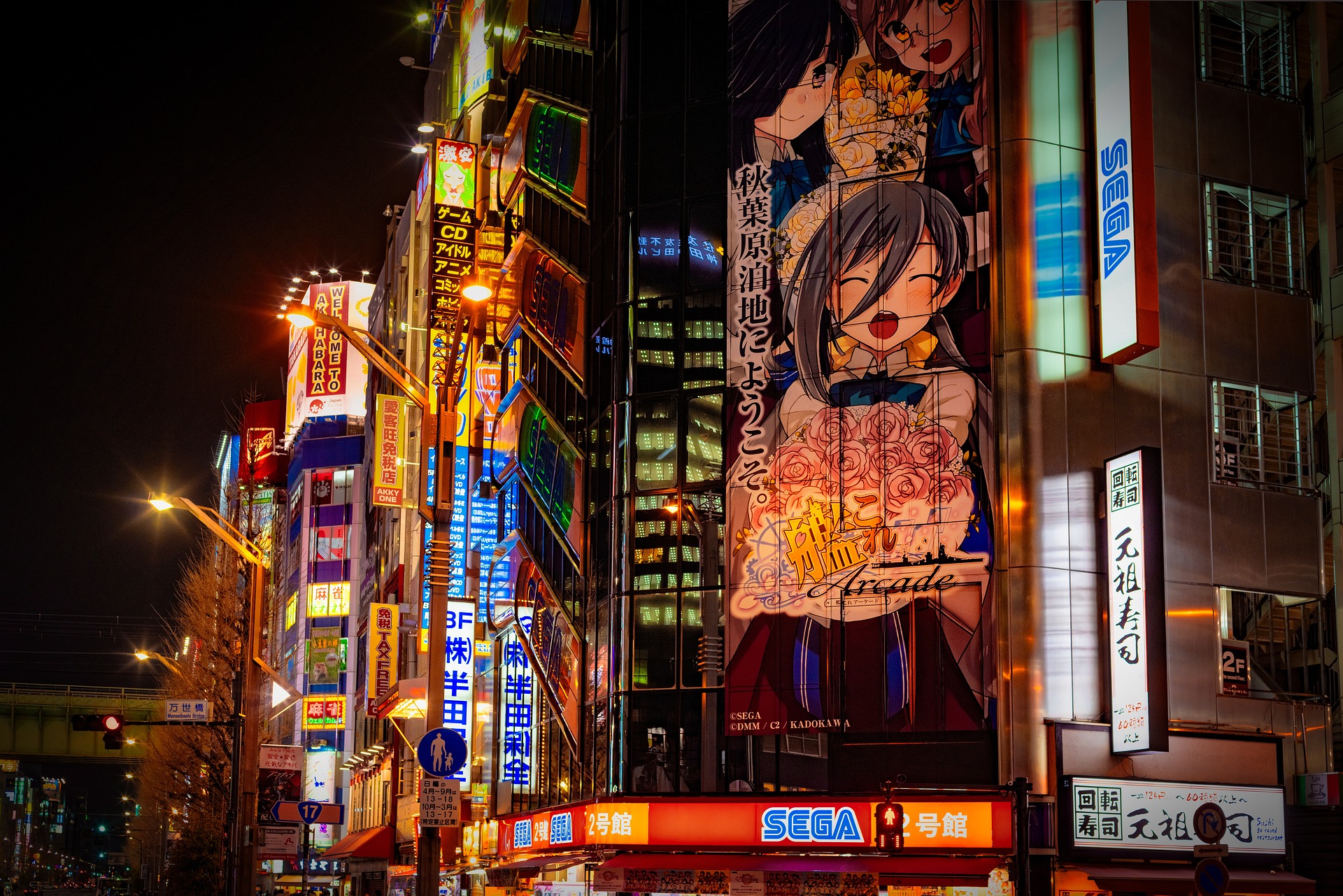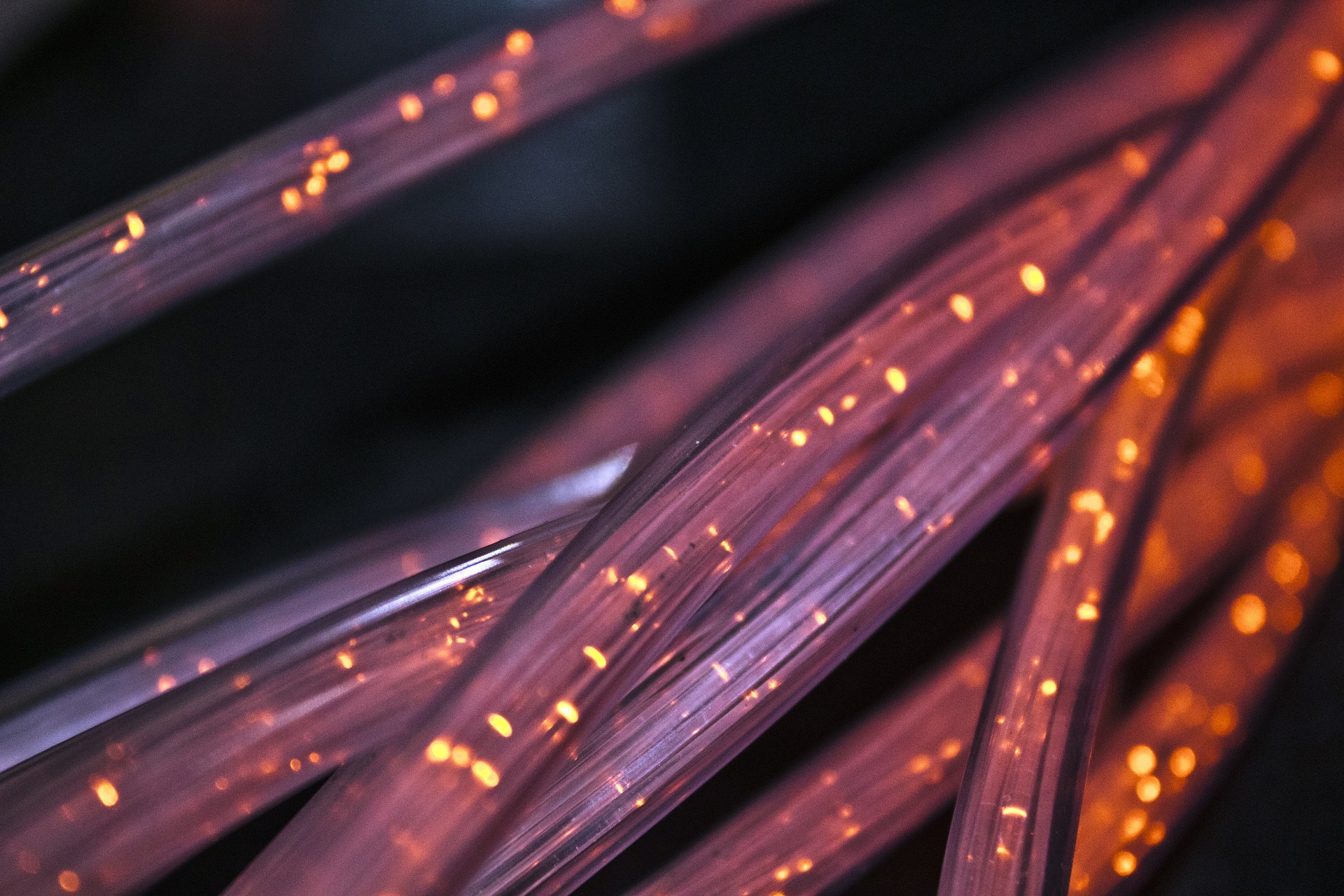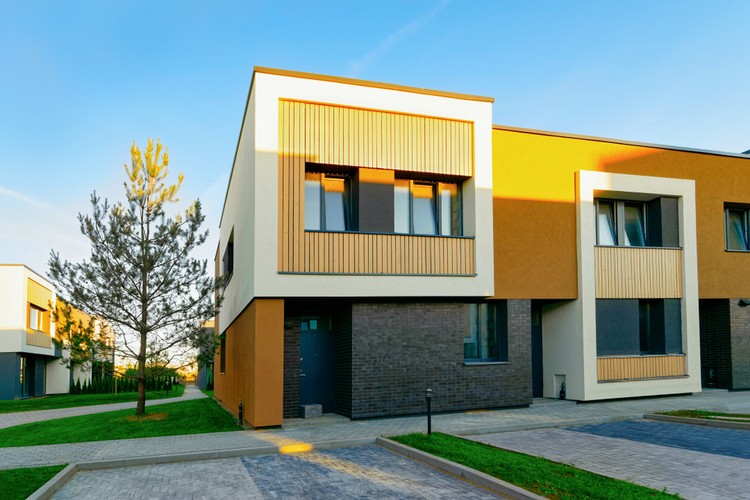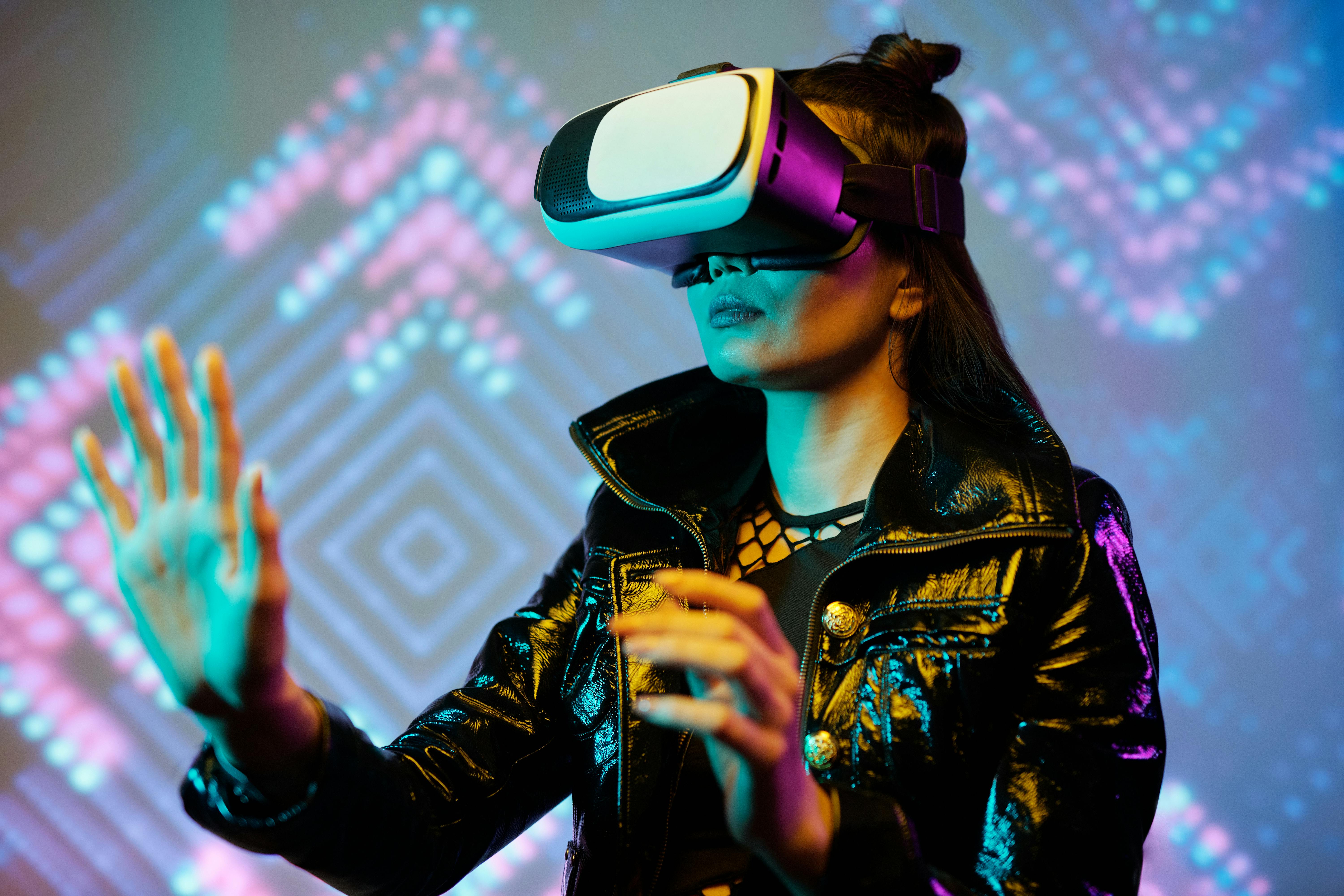The Intriguing World of Virtual Reality in Contemporary Art
Introduction: Dive into the fascinating realm of virtual reality as it intersects with contemporary art. Discover how this cutting-edge technology is reshaping artistic expression and transforming the way we engage with art. Virtual reality (VR) has been a part of the tech world since the late 20th century, but its integration into the art world is a relatively recent phenomenon. The first instances of VR in art can be traced back to the early 2000s, when artists began experimenting with this technology as a new medium for creative expression. This marked a significant shift in the art world, as artists started to explore the potential of VR to create immersive, interactive experiences that transcend the limitations of traditional art forms.
The Current State of VR in Art
Today, VR has become a prominent feature in the contemporary art landscape. Artists across the globe are harnessing the power of VR to create groundbreaking works that challenge our perceptions of reality. Major art institutions, such as the Museum of Modern Art in New York and the Tate Modern in London, have embraced VR, showcasing VR-based artworks that offer audiences an entirely new way of experiencing art.
The Impact of VR on Artistic Expression
The advent of VR has opened up a world of possibilities for artistic expression. With VR, artists can create immersive, three-dimensional environments that viewers can explore and interact with. This level of interactivity allows artists to engage viewers in a more direct and personal way, fostering a deeper emotional connection between the viewer and the artwork. Moreover, VR has the potential to democratize art, making it more accessible to a wider audience by breaking down the physical barriers of traditional art spaces.
The Reception and Significance of VR in Art
The integration of VR into the art world has been met with both excitement and skepticism. While many applaud the innovative use of technology in art, others express concern about the potential loss of tangible, physical art forms. Despite these debates, the significance of VR in art is undeniable. It represents a major shift in the way we create and experience art, pushing the boundaries of what is possible in the realm of artistic expression.
Looking Ahead: The Future of VR in Art
As VR technology continues to evolve, its role in the art world is likely to grow. Artists will continue to explore the potential of VR, creating increasingly complex and immersive artworks. At the same time, art institutions will need to adapt to this new form of art, finding ways to exhibit and preserve VR-based artworks. While the future of VR in art is still uncertain, one thing is clear: VR has forever changed the landscape of contemporary art, and its impact will be felt for years to come.
In conclusion, the intersection of VR and contemporary art is a fascinating area of exploration. As we continue to navigate this new frontier, we can look forward to a future of art that is more immersive, interactive, and accessible than ever before.






